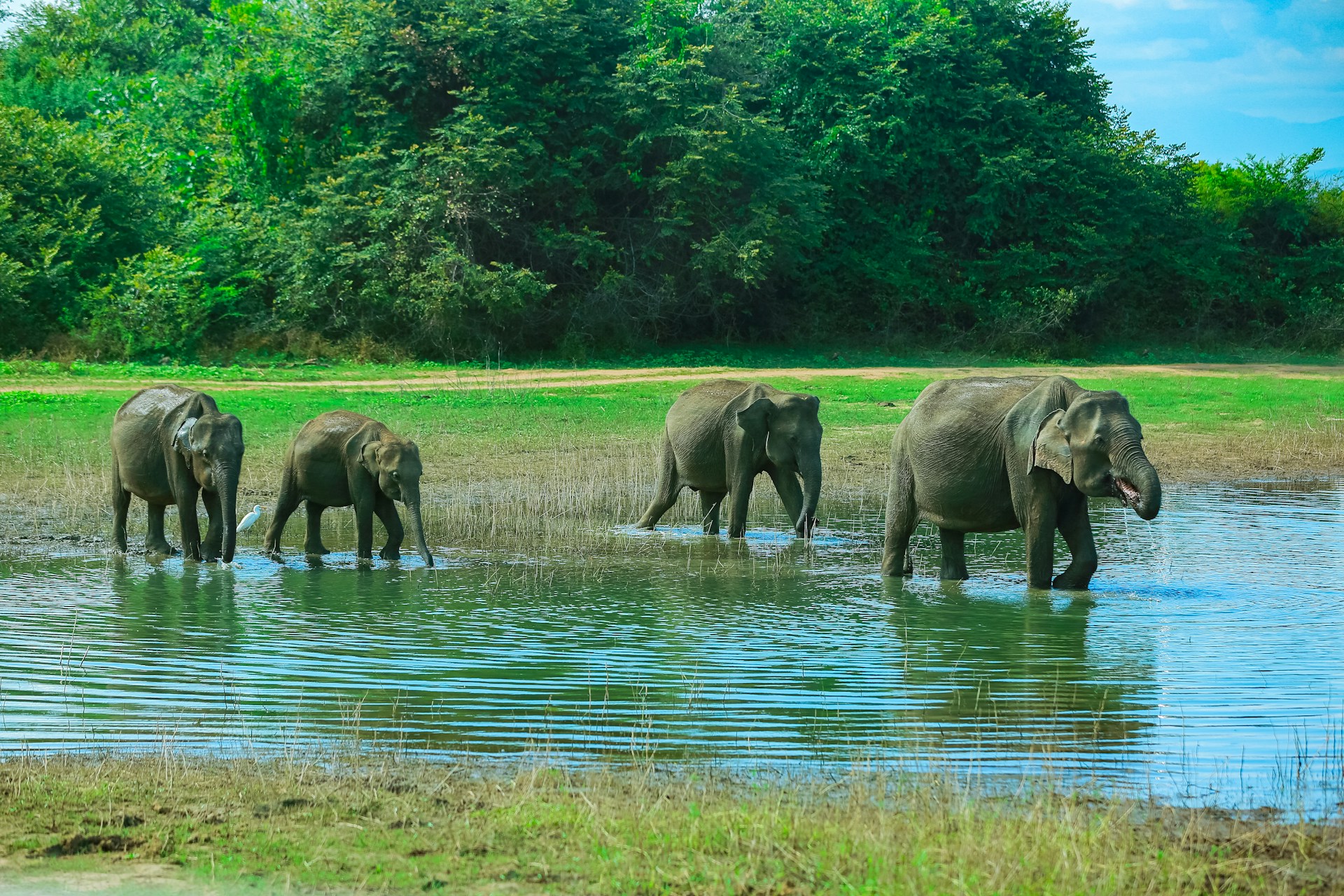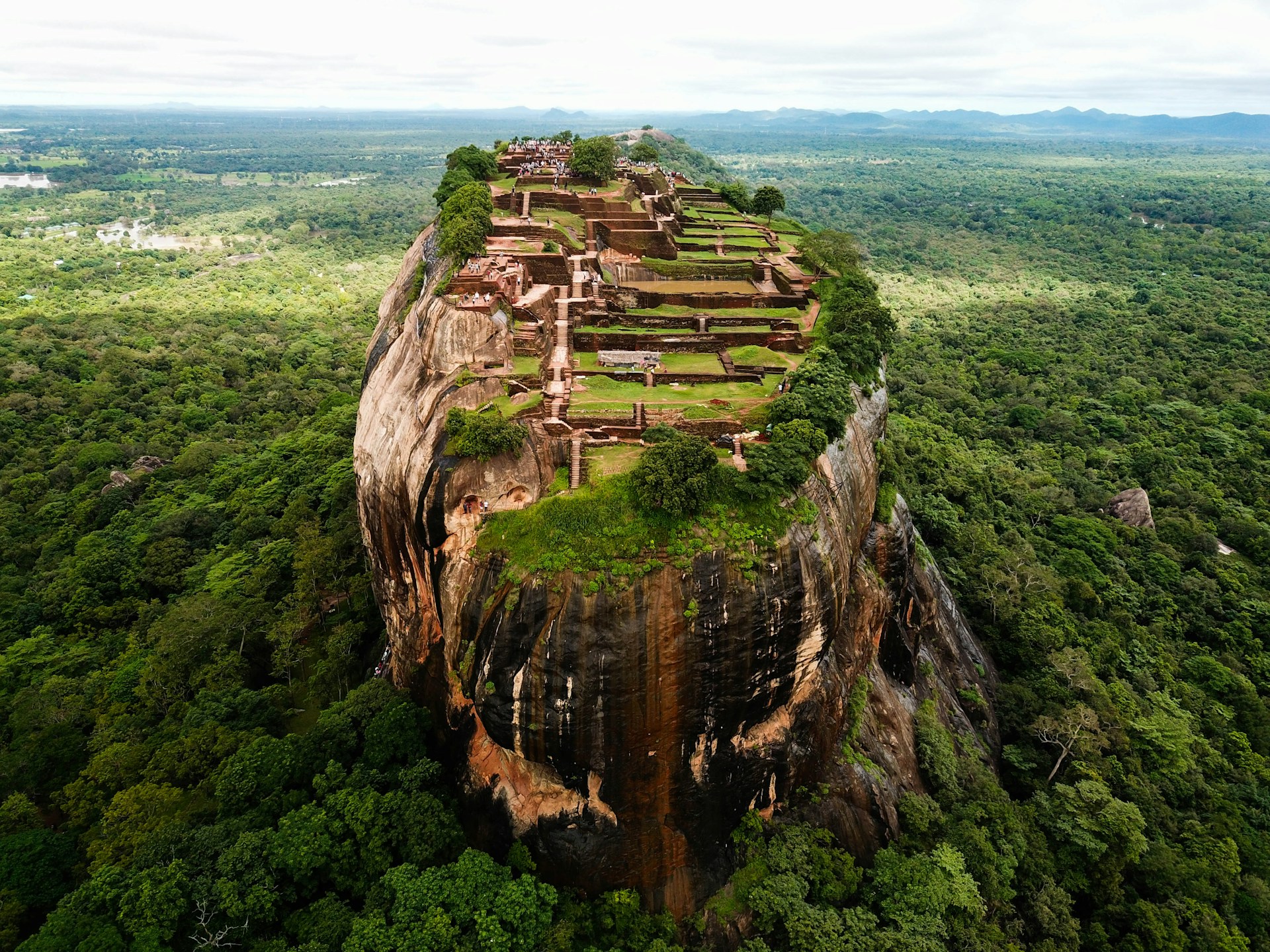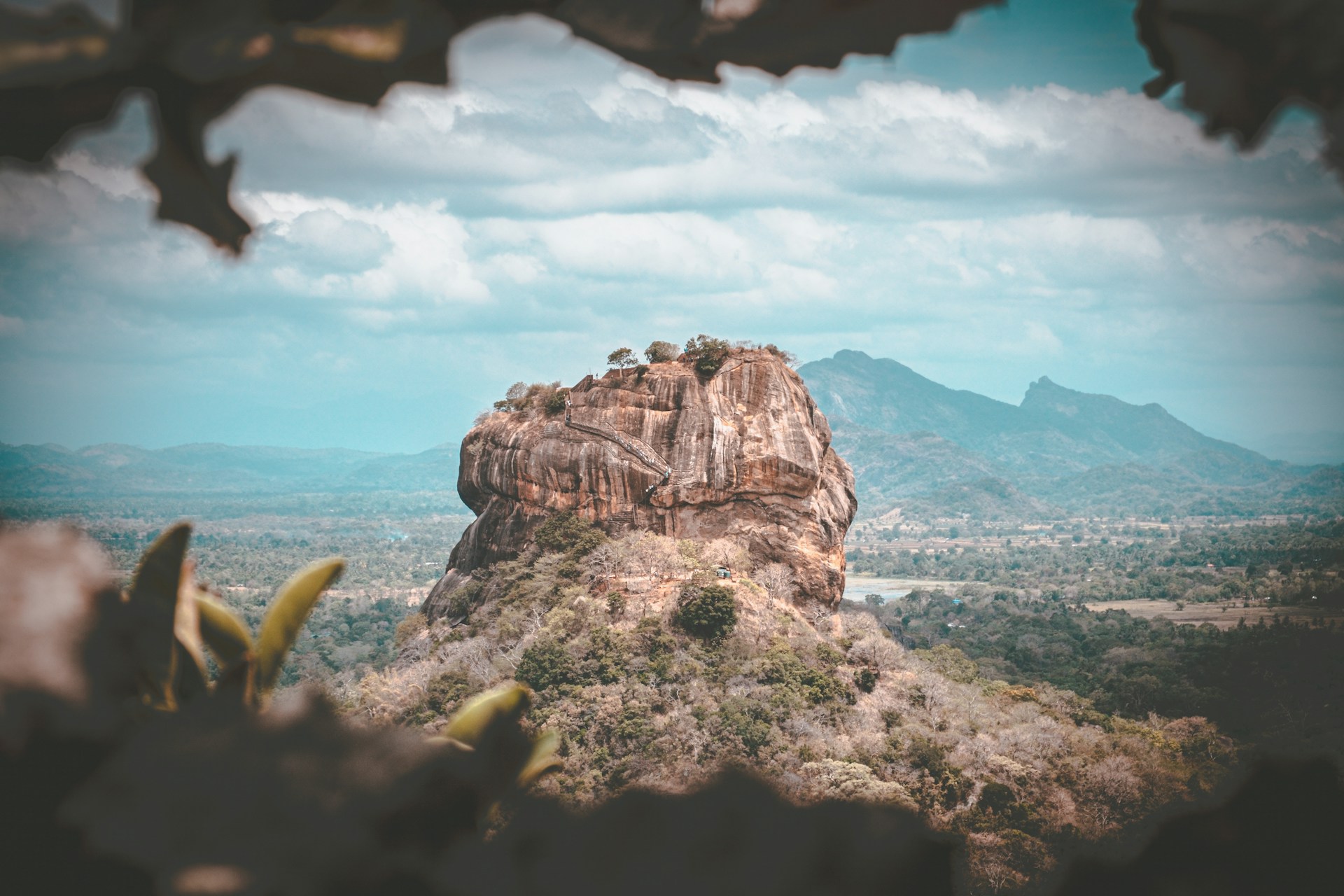Sri Lanka is one of the best places on earth to see wild elephants in their natural habitat. From wide open plains to jungle-covered watering holes, the country’s national parks offer the sort of wildlife experiences most people only dream of. Elephants roam freely here, often in herds, and their presence feels both awe-inspiring and peaceful. You don’t need a long lens or lots of luck, just the right timing and a good pair of eyes.
September is a particularly rewarding time to plan an elephant-watching trip. The dry season brings wildlife out into the open, where water sources act like magnets for elephants and other animals. If you plan it right, you can witness not just one but dozens of elephants gathering together. To make the most of it, it helps to know when and where to go. Some parks shine brighter than others, and certain times of the day offer much better chances of a close-up look.
Peak Seasons And Ideal Viewing Times
Sri Lanka’s weather is shaped by two different monsoon patterns, dividing the island into wet and dry zones that move throughout the year. While that might sound a little tricky, it actually means there’s always somewhere you can go for great wildlife viewing. Around September, the dry season is still in full swing in the northern and eastern parts of the island. That makes parks like Minneriya and Kaudulla perfect places to spot elephants gathering in large numbers.
During this dry period, elephants are drawn to reservoirs and lakes as other natural water sources start to dry up. This makes sightings more predictable, especially near the large tanks inside many national parks. With less dense vegetation, it’s easier to see the elephants and take better photos too. Going early in the morning or just before sunset works best, as the animals are more active during cooler hours, and the lighting makes everything look magical.
Here are a few tips to get the most out of your safari:
- Go early or late: Sunrise and late afternoon offer better chances to see elephants. In the heat of midday, they often find shade deep in the forest.
- Choose parks with reservoirs: These are key hangout spots during the dry season.
- Avoid full moon days: Some national parks close on these days, and wildlife can also behave differently.
- Pay attention to local weather: Sudden rain can send elephants deeper into cover, making them harder to spot.
Whether you’re in the back of a jeep or watching from a shaded lookout, timing your safari with the seasons and knowing the prime hours will go a long way in making it successful.
Top National Parks For Elephant Watching
Sri Lanka’s national parks offer a variety of settings to observe elephants up close. Each one creates a different kind of memory—from massive herds crossing open plains to peaceful moments near still lakes, watching a mother guide her calf through the shade.
- Yala National Park: In the southeast of the island, Yala is one of the most famous parks. While it’s best known for its leopards, Yala also has a strong elephant presence. You might not find the largest herds here, but the variety of landscape keeps things exciting. Between the mixed forests and clearings, spotting an elephant feels truly wild.
- Udawalawe National Park: If you want to see elephants up close without too much searching, Udawalawe is a solid choice. Flat terrain and wide-open views make it easier to spot and photograph these animals, making it ideal for families or those on their first safari.
- Minneriya National Park: This one’s the showstopper—especially in September. The ‘Elephant Gathering’ is one of the biggest seasonal animal gatherings in Asia. Hundreds of elephants come to the Minneriya Tank during the dry season. Watching them drink, bathe, and interact with each other is something you’ll never forget.
- Wilpattu National Park: Located in the northwest, Wilpattu feels quieter and more remote. It might take longer to spot elephants here, but the experience feels more intimate. With fewer tourists and a beautiful blend of forest and water, it’s a great choice for those who like a slower pace without missing the majesty of wild elephants.
Whether you’re after adventure, close encounters, or fewer tourists, each of these national parks brings something special to the table. Many travellers choose to visit more than one, giving them a wider feel for the island’s wildlife and natural beauty.
Insider Tips For A Successful Safari
A safari is one of those things you want to do right the first time. It’s worth thinking through the small details and planning ahead, especially if you’re new to it or travelling with kids.
Start by choosing between a group or private safari. Group tours are usually cheaper and a good way to meet other travellers. But if you’re hoping for more flexibility, a private guide might be the way to go. Experienced guides can pick up on subtle animal behaviours, guide you to the right spots, and even position your vehicle for the best viewing angles without disturbing the animals.
Here’s what to bring:
- Lightweight clothes in neutral colours so you blend in with the surroundings
- Closed shoes, sun hat, and sunscreen to stay protected under the hot sun
- A reusable water bottle and snacks since some safaris last several hours
- Binoculars for distant sightings and a good camera if you’re into photography
If you’re taking photos, try these quick tips:
- Make sure all your devices are charged before heading out. Most jeeps don’t have charging options.
- A zoom lens helps but you can also get great shots with newer phone cameras.
- Avoid using flash, and stay patient. Sometimes just waiting quietly can reward you with the perfect shot.
Finally, always remember you’re a visitor in nature. Keep your distance, don’t throw food, and avoid loud noises that might bother the animals. Good safari guides respect these unspoken rules, and following their lead keeps both you and the wildlife safe.
Experience Beyond The Safari
The wonder doesn’t end when you drive out of the park gates. There are more ways to connect with elephants and learn their role in Sri Lankan life beyond the wild.
Ethical elephant conservation centres across the island give you a different look at these animals. Some focus on the recovery and care of elephants injured in the wild or abandoned as calves. Visiting these places supports good work being done for long-term survival and gives you a better understanding of their needs and behaviour.
Elephants also play a huge part in Sri Lanka’s cultural traditions. The Esala Perahera, held in Kandy, is a dazzling annual festival where ornately dressed elephants parade through the town alongside fire dancers, drummers, and performers. While it’s photogenic and festive, it also tells a deeper story about how central elephants are in Sri Lankan belief systems.
Outside of elephant-focused experiences, you can pair your safari with local activities like exploring ancient city ruins, taking part in village food tours or relaxing by lakeside lodges. This combination of nature, culture, and leisure gives a more rounded view of what the island has to offer.
Embrace Unforgettable Wildlife Moments
There’s something different about seeing elephants in the wild. Whether it’s a herd crossing right in front of you or a lone bull standing still beneath the trees, these moments leave a mark. Watching them splash about in a pond or gently guide their young makes it easy to forget how close you are to everyday life.
A safari in Sri Lanka is more than just sightseeing. It gives you the space to slow down, appreciate nature, and experience a quiet kind of thrill. If you’re visiting in September, you’re in luck. It’s the perfect time to catch the biggest gatherings and enjoy the dry weather that makes spotting wildlife much easier. Whether it’s your first trip or your fifth time returning, every journey into these national parks feels unlike any other.
To truly immerse yourself in the breathtaking beauty and adventure of Sri Lanka national parks, explore tailored safari experiences with Heavenly Lanka Vacations. Our guided tours offer unforgettable elephant sightings along with a deeper connection to the island’s stunning landscapes and vibrant culture.




